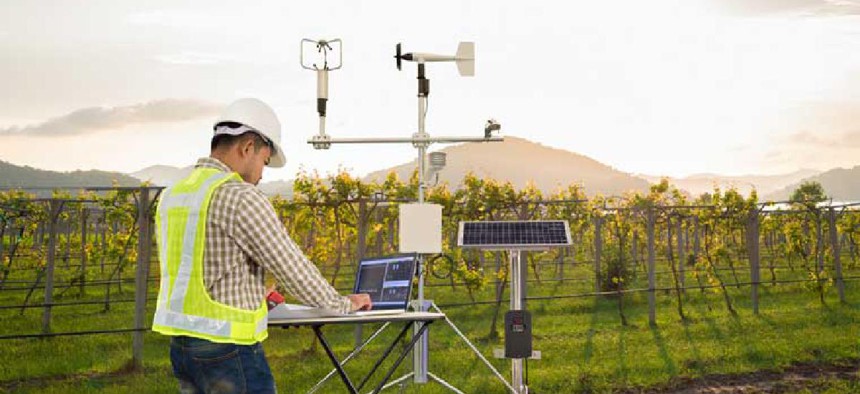NSF pushing for agency-specific cyber-physical research


Connecting state and local government leaders
The National Science Foundation’s research program aims to accelerate the transition of CPS into federal agencies.
With the growing importance of cyber-physical systems, the National Science Foundation’s research program aims to uncover cross-cutting principles, tools and hardware and software components that can accelerate the transition of CPS research into the real world.
CPS tightly integrates computing devices and networking infrastructure to deliver sensing of the physical world. It relies on data analytics, machine learning, autonomy, internet of things, networking, privacy, security and verification and may include human-aided control. Architectures may be distributed or centralized and feature multi-level hierarchical control and coordination of physical and organizational processes.
“CPS technology will transform the way people interact with engineered systems — just as the Internet has transformed the way people interact with information,” NSF said in its program announcement.
The Department of Homeland Security’s Science & Technology Directorate, the Federal Highway Administration (FHWA), the National Institutes of Health and the Department of Agriculture are sponsoring the research.
DHS S&T’s Technology Centers Division is interested in CPS research that protects industrial controls from cyberattacks and that helps systems identify, predict or recover from faults. Privacy and managing the use of sensitive data is of interest, as is validation, verification and certification that speed up design cycles while ensuring high confidence in system safety and functionality.
FHWA wants scalable, reliable, adaptable, secure and cost-efficient R&D that improves safety and mobility across the highway system’s legacy components and processes. Examples would be traffic management and control systems, connected and automated systems that increase safety and convenience for vulnerable travelers and technologies that automate maintenance to extend the infrastructure lifecycle and reduce costs.
The participating NIH institutes are interested in research on facilitating medical treatment during a national crisis, allowing humans to achieve functional independence and improve their quality of life, tracking the impact of therapies, preventing disease and disability and promoting wellness. Already, advances in sensors, wearable and implantable devices, wireless body-area networks and assistive health-care systems are making strides. Medical CPS technology could help manage the workload of medical practitioners and provide decision support during a crisis; reduce medical errors; monitor complex biomedical research or physiologic, motor and cognitive functioning; or track medical assets and data flows to enable a "learning healthcare system." Because such systems will generate a significant amount of data, technologies for analyzing these data on-the-fly will need to be developed.
USDA’s National Institute of Food and Agriculture is looking for projects that advance “Smart & Connected Communities” by increasing food and nutritional security through urban and rural agriculture technologies and systems. Such systems would help manage an urban agriculture facility, integrate renewable energy sources and delivery new connectivity paradigms for rural areas. NIFA is also interested in new approaches for analytics that can extract actionable information from many different types of agricultural and supply-chain data for real-time control of agricultural CPS.
NSF intends to award $32 million to 20 to 30 projects, ranging from small, $500,000 awards to $1 million-plus Frontier awards that push the boundaries of CPS well beyond today's systems and capabilities.
Read the full program announcement here.
NEXT STORY: Understanding crash data





